Japankoi Takigawa - vers. Breeding forms - Cyprinus Carpio - 30-35 cm
incl. VAT plus shipping costs
Immediate delivery, express possible ![]()
Only 10 itemleft in stock
- Item no: 29331
Fast delivery times
All products are in stock with us!14 years of breeding experience
Let our team of experts advise you!High customer satisfaction
from over 3,000 reviews "Japankoi from Takigawa look back on a long tradition and are characterized by highest quality. Gosanke, Koromo, Goshiki and Kujaku, as well as some Kawarigoi varieties are the focus of this koi farm, which is located in Sera-gun in the Hiroshima Prefecture. Here you get young animals, which, like all Koi, develop their full color potential over the years and which, if well cared for, will give you decades of pleasure.
You will receive a Takigawa Japankoi in the Size 30-35 cmwhich you can choose from these Variants from these variants: Kohaku, Kujaku, Platinum Ogon, Sanke, Showa.
Koi are breeding forms of the well-known carp, Cyprinus carpio. Japan koi, also called Nishikigoi, which simply means "brocade carp", are the result of elaborate high breeding and strict selection. Koi breeding has a long tradition in Japan, the country of origin of Koi.
Koi reach their full potential when they feel comfortable, therefore keeping them in the group from which they draw their strength is absolutely recommended, at least 4 animals of approximately the same size are allowed. The color or variant can be neglected here rather. But also Koi reach a stately size and a corresponding weight, therefore you should not choose your pond size too small.
So that your gentle giants can swim out, they need at least 12-15,000 liters of water. Therefore, you should allow approximately 1-3 cubic meters of water per koi. Typical of carp, Japanese koi also scour the pond mud for goodies in the form of tiny crustaceans or insects and leeches. Mulm is often stirred up in the process, which should therefore be handled by a sufficiently dimensioned filter system. An integrated UVC water clarifier also protects against excessive germ contamination or rising algae populations and has a beneficial effect on the health of your pets. Also, the pond location should not be in the blazing sun, so it is best to partially shade the pond with awnings. Excellent water quality is beneficial for the well-being and health of these somewhat sensitive animals. Therefore, check the water values of your pond regularly to intervene prophylactically if necessary.
With a pond depth of 1.3, but more likely 2 meters, you will prevent freezing in winter. Although it is possible to overwinter the Japanese koi in a cold water aquarium and to put them back into the pond in spring, a correct outdoor overwintering does not stress the circulation and metabolism of the animals unnecessarily and also supports a healthy and species-appropriate development. With so-called ice keepers or pond heaters, freezing of the water surface can also be prevented. Outflow stones, which are also used mainly in summer, can also ensure gas exchange in winter. Especially in the warmer season, the oxygen content in the water decreases with increasing temperature, so you should aerate the pond additionally. So-called pond oxydators are also suitable for enriching the pond water with fresh oxygen through increased water surface movement.
Koi are best kept only with their own kind, since goldfish, for example, have a different spawning cycle, and the animals may rob each other of their spawn or young, if they do not do so on their own anyway. Sturgeon are also active year-round and especially in winter, so they could "interfere" with the koi's necessary winter dormancy. Golden tench, rudd or roach, however, are a good alternative. Regarding the other pond inhabitants, you should always check the oxygen content of the water, as well as the compatibility with medication. Invertebrates will most likely end up on the menu of your pets. Crayfish could possibly be the Koi's undoing and cause fin injuries.
The females need the shallow water zones in the pond to lay their eggs. There they strip several hundreds of thousands of eggs on spawning brushes or fine plants. You should definitely offer this possibility to your animals, otherwise they tend to spawn hardening, which may be a serious disease. The parents prey on their spawn, but also on the young. Depending on the plant population a few young come up from time to time, but an explosive reproduction is usually not to be assumed.
The Japankoi are like all carp omnivores with a preference for small crustaceans, larvae and worms. Therefore they can also be spoiled with silkworms or mealworms, which they sometimes even accept from the hand. But as herbivores, they sometimes also nibble on soft-leaved pond plants, which is why these should be added at regular intervals. To create a good balance in the pond, however, hard-stemmed pond plants such as cattails or reeds are also suitable at the pond edge. We recommend in any case a koi food adapted to the needs of your animals to prevent developmental and growth disorders, pay attention to the seasons.
| Scientific name: | Cyprinus Carpio (LINNAEUS, 1758) |
| German name: | Japankoi Takigawa |
| Difficulty level: | for beginners |
| Origin/distribution: | Japan |
| Scope of delivery: | Kohaku, Kujaku, Platinum Ogon, Sanke, Showa |
| Age expectation: | approx. 60 years |
| Pond size: | at least 5 cubic meters for five fish, 1000 liters more for each additional koi |
| Food: | Omnivorous, plants, insect larvae, insects, worms, crustaceans, special koi food |
| Breeding: | relatively difficult in the pond |
| Behavior: | very peaceful |
| Group size: | from 5 animals |
| Further information: | <td
- Item no: 29331
Entdecke die Garnelio Welt!
Garnelio gehört zu den größten Onlineshops für wirbellose Aquarientiere weltweit.
Viele Artikel gibt es exklusiv nur bei uns im Shop.

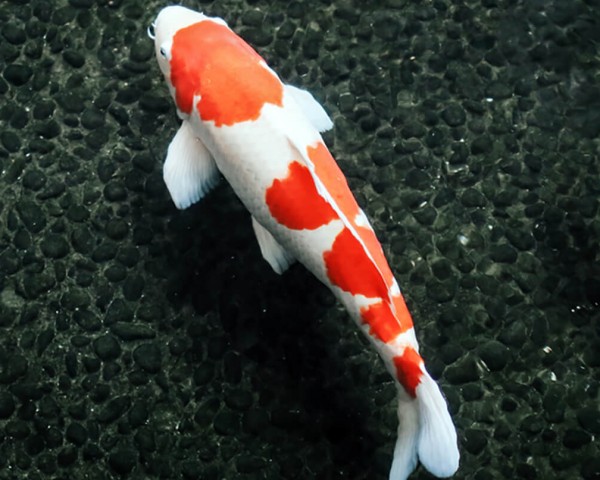

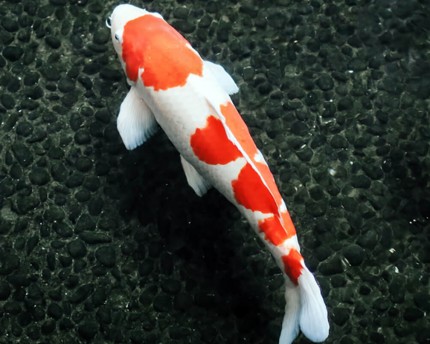

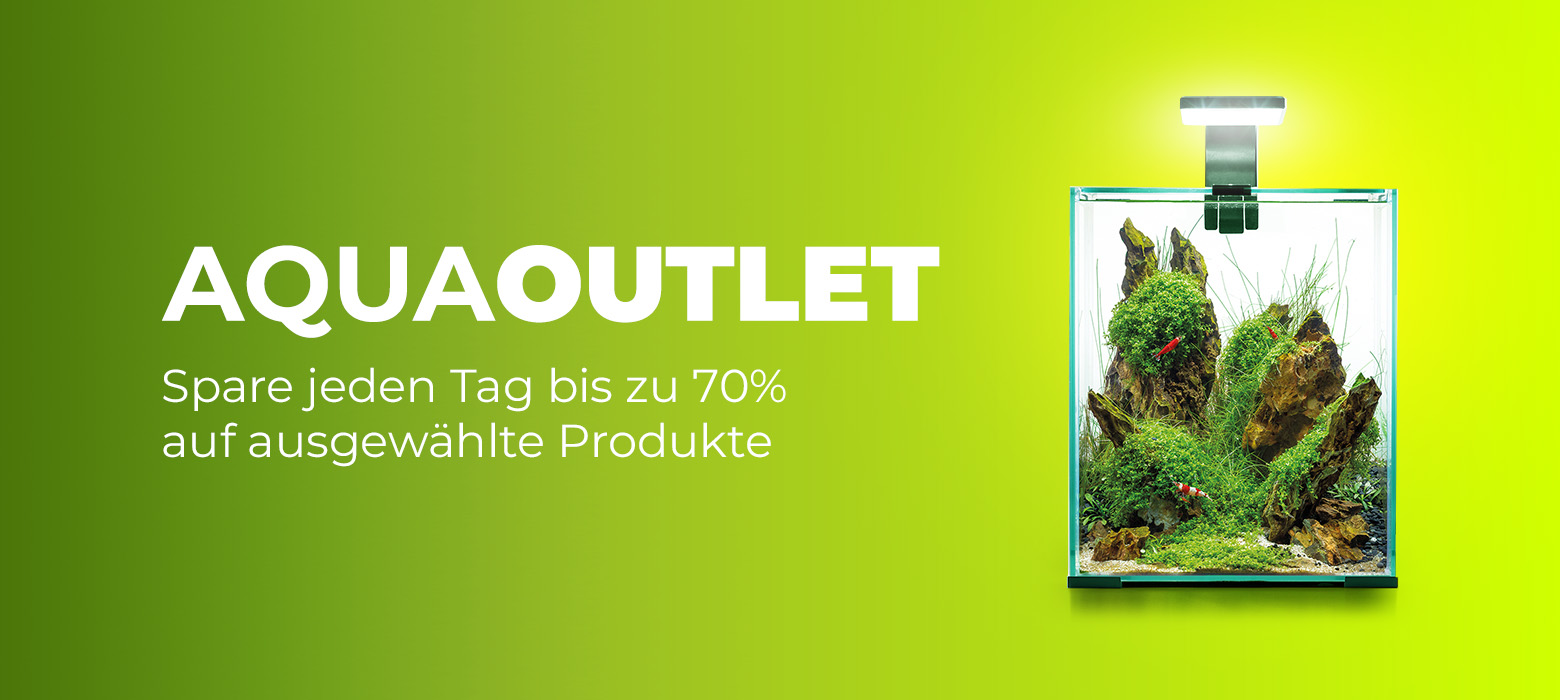
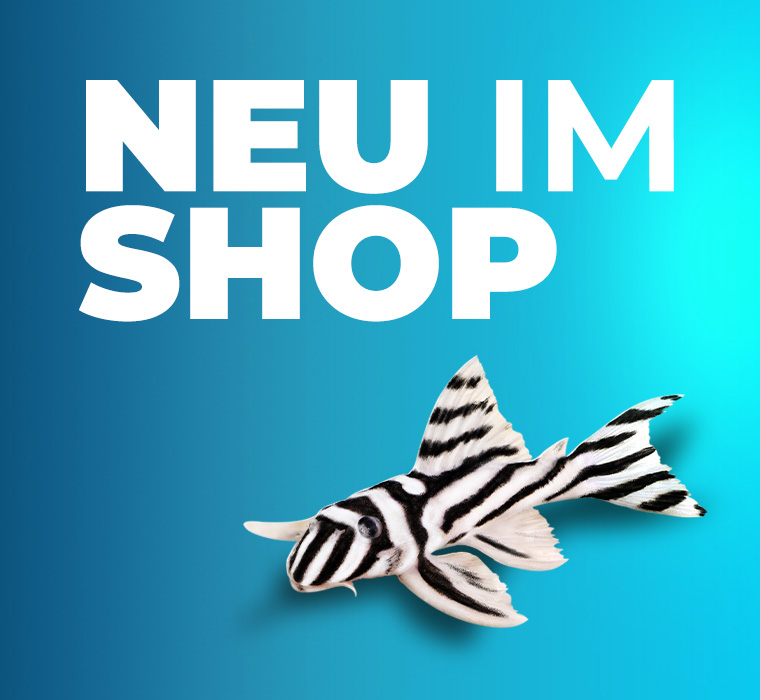
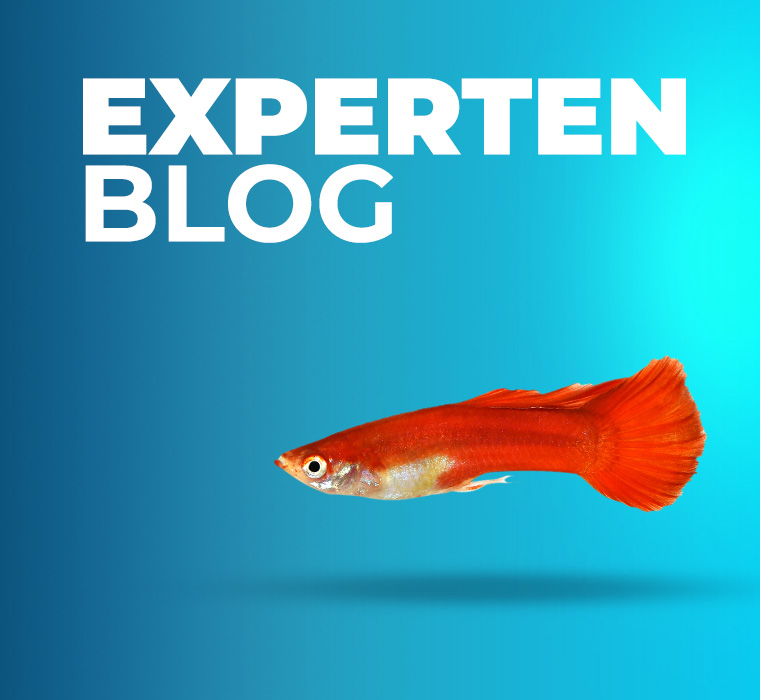
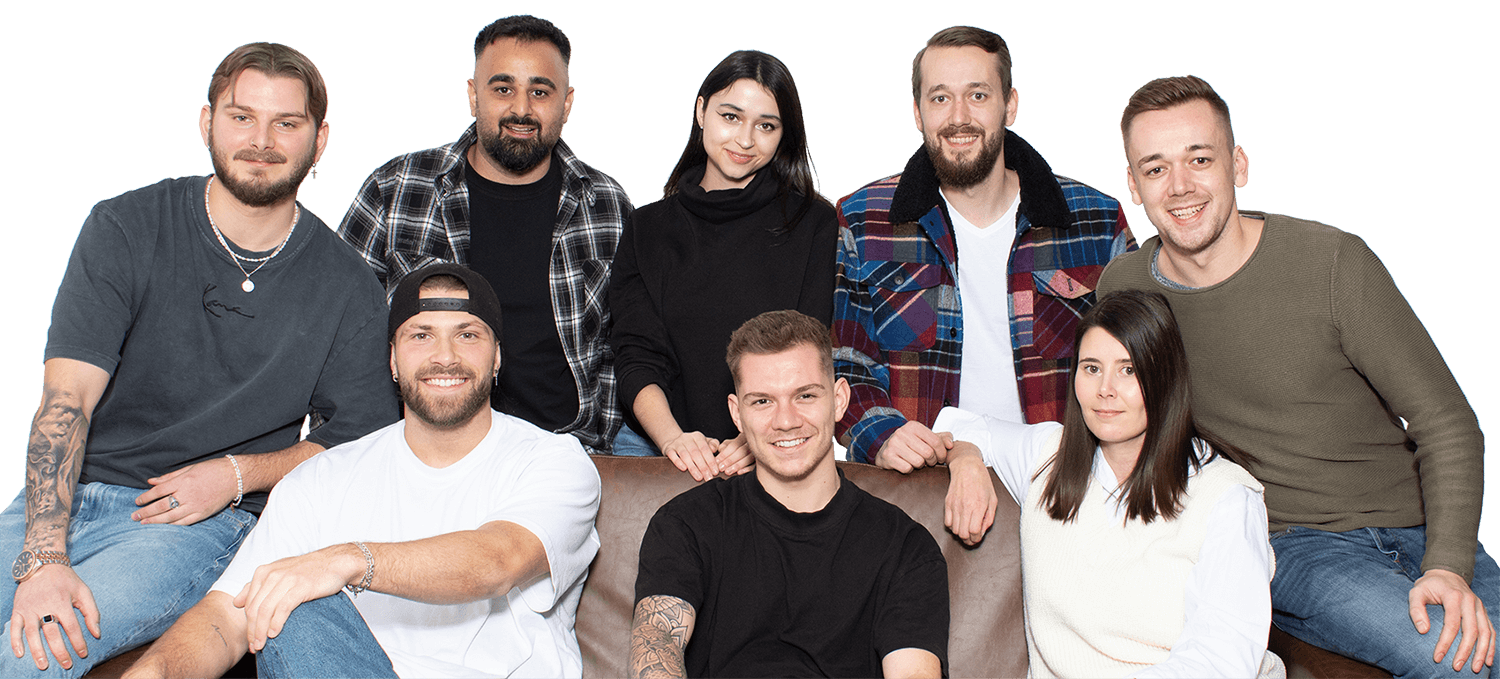
The fields marked with * are required.
I have taken note of the privacy policy.